I took a German/Italian Countess to a food festival the other week thinking it was the sort of outing she might enjoy, local artisan food producers along with some art and craft stalls. While we were there the light was very dull and flat so we failed to find much of interest image wise, the promised bright sunny spells failing to materialise until just as we were leaving. I had loaded her with Rollei Retro 80S some time before and was hoping to finish the film, but dull and flat is dull and flat and the Contessa stayed shut. Then in the outside square where the stalls selling ‘street food’ were gathered together, the Countess, as Countesses can often do, became a bit fixated on a large shiny reflective object. With the result that a lot of the images we did manage to take turning out to be of one particular chrome-plated food van which provided raised light levels and some contrast all on it’s own. The Countess was also able to use the awkward curvy shape of the van to sneak into a couple of the photos and admire her symmetrical looks, while helpfully blocking a view of the photographer at the same time.
Her full title is Zeiss Ikon Contessa 35 533/24, the first in her line and by far the best and most accomplished. Coated Tessar lens and Synchro Compur shutter combined in a design that is an ergonomic masterpiece. Never equalled let alone surpassed. Though in her dotage she has given up on checking the light level herself, now having staff for that.
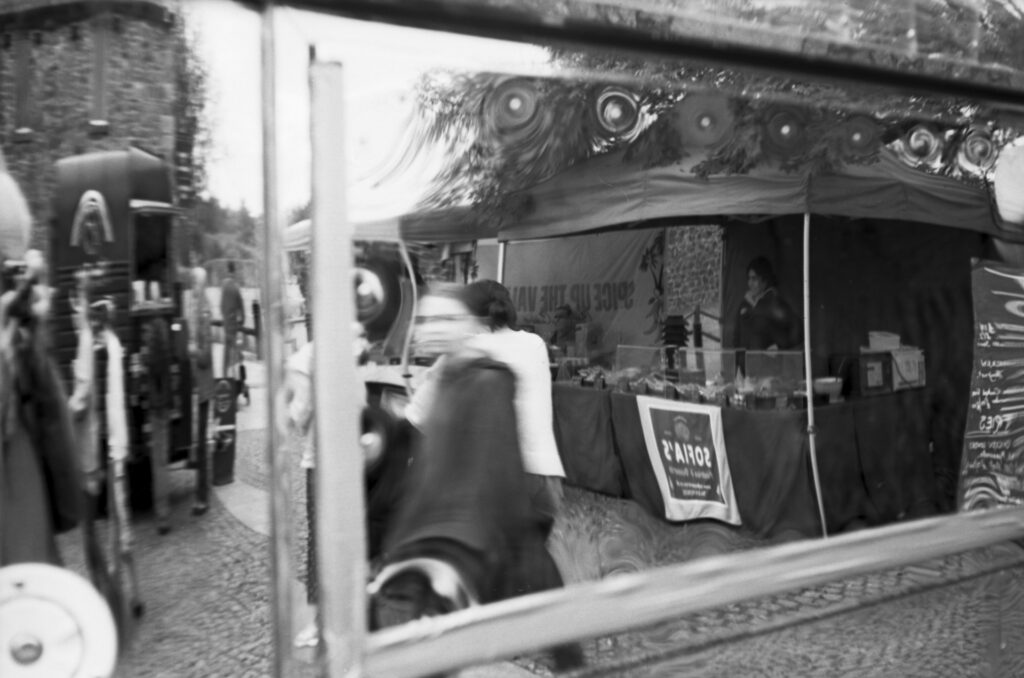

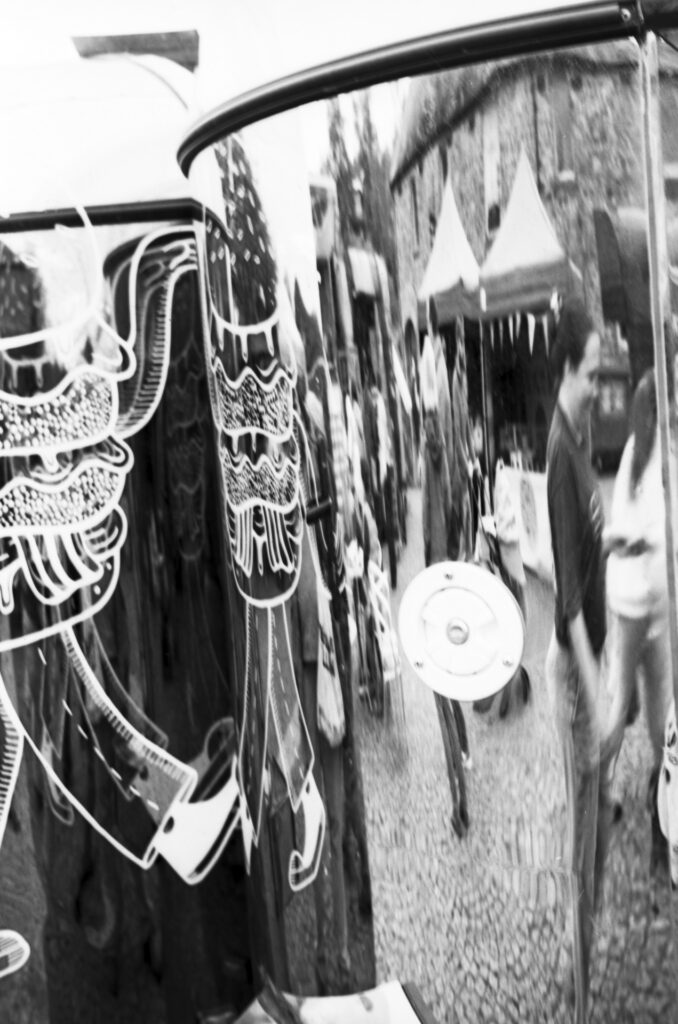
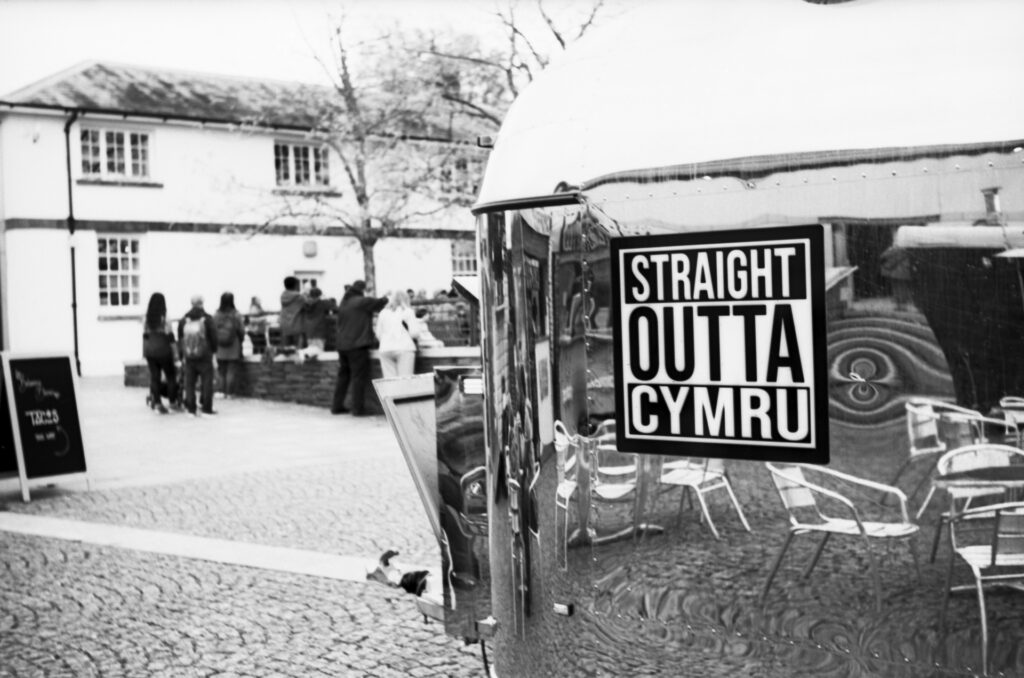
The Contessa is the only completely manual camera I have come across that can be used to take a series of photos without having to move it away from ones eye, or even move a finger from the controls after setting shutter speed and aperture. In use it is as near perfect as it got with 35mm rangefinders.
The right hand holds the camera between thumb and third finger, the first finger then naturally falls on the shutter release, with the second finger able to reach the shutter cocking lever ready to push it up and reset after winding on.
The second finger of the left hand rests on the focus dial, which goes from infinity to 3 feet in about one quarter of a turn so it is easy to move and focus with minimal movement. The thumb and first finger grip the wind-on dial ready to turn it to the next frame. The manual suggests something slightly different, my way feels like the way the camera was designed to be used.

I am ambivalent about the symmetry, which the designer, Hubert Nerwin, was so keen on. It gives this camera and her siblings a distinctive look, but I don’t really see it matters when I’m looking through it not at it. It is a tool after all. Herr Nerwin left Zeiss for the US after overseeing the design of the Contessa and Contina I and II cameras (eventually ending up at Kodak where he designed the 126 cartridge amongst other things). The following Contessa models went steadily downhill, apparently copying the Japanese mantra of ‘we build it how we like, you just have to work around the shortcomings’. Some even had a lever wind on the top plate for goodness sake.
Share this post:
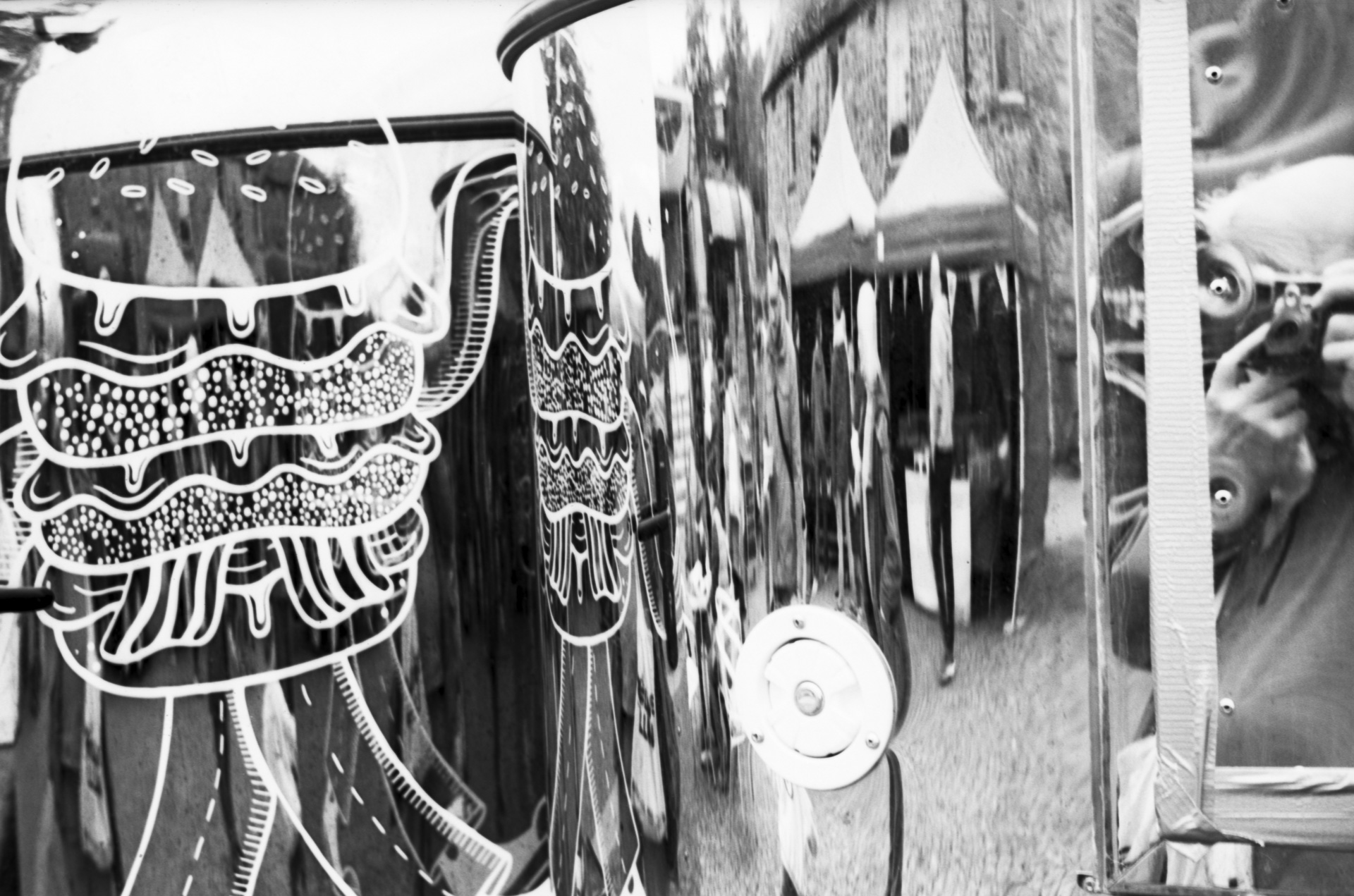


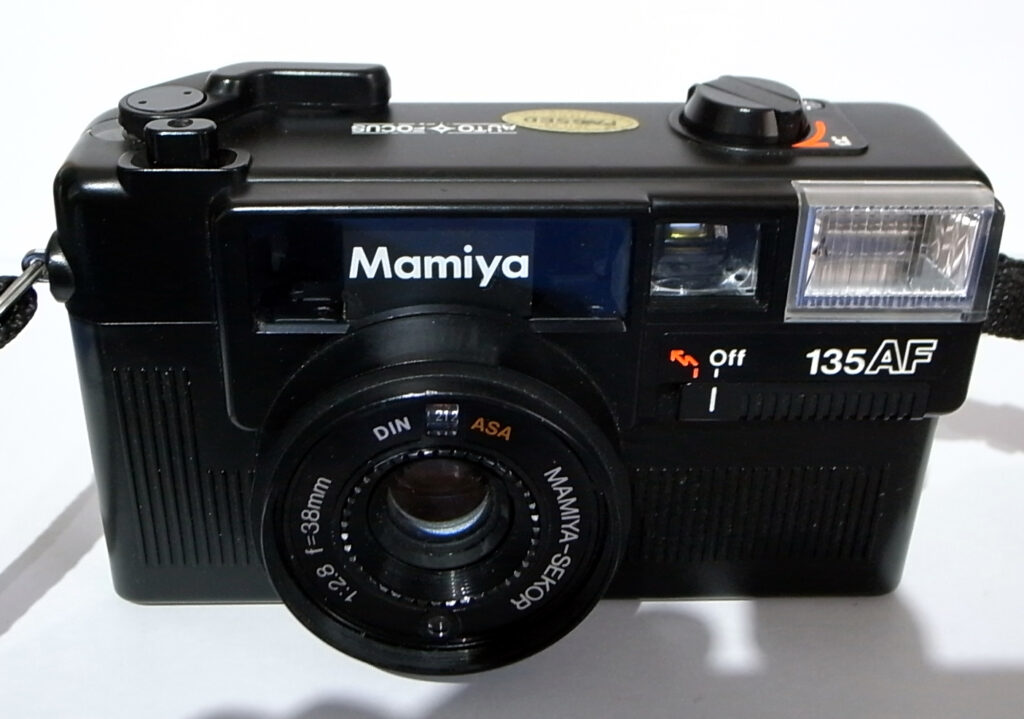
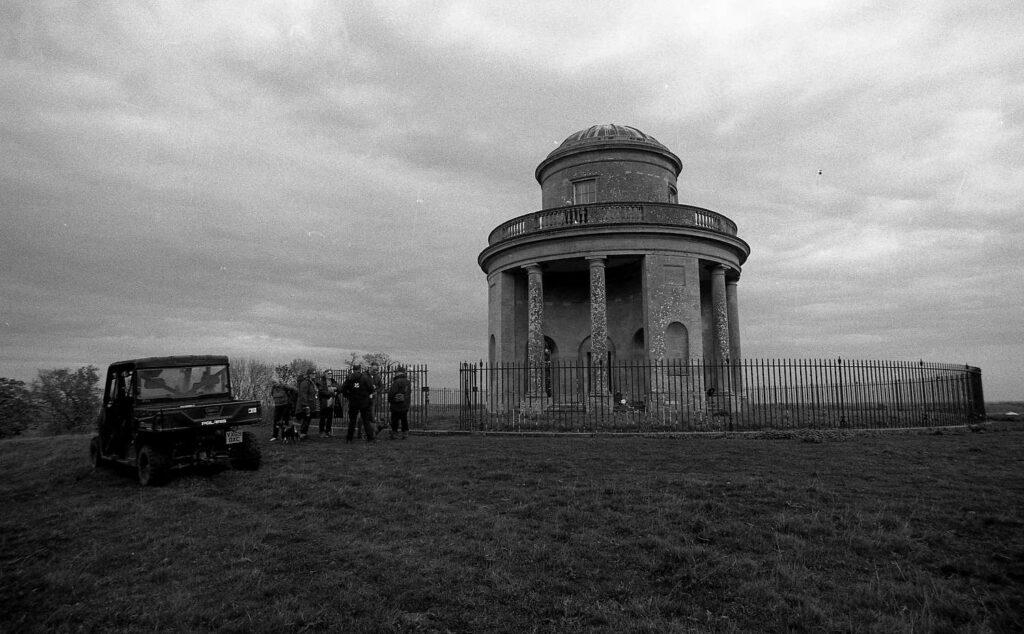
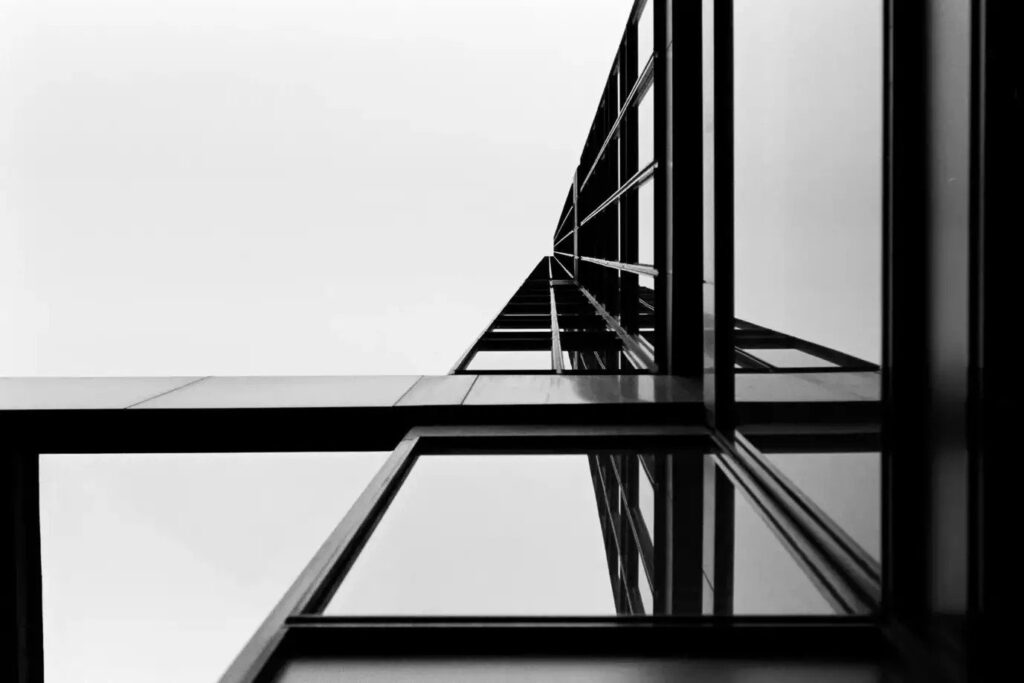


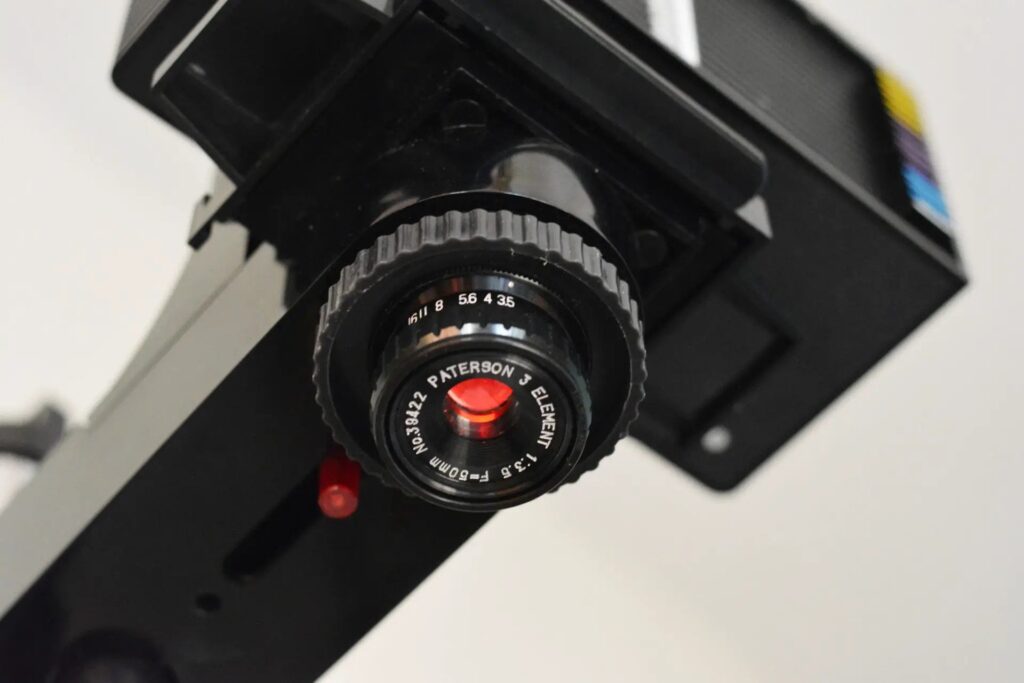
Comments
Jeffery Luhn on 5 Frames with Royalty at a Food Festival
Comment posted: 04/11/2025
Your title caught my eye! After reading, I realized you were describing one of my favorite cameras. When my Kodak Retina fell out of my pocket through the ice of a frozen stream, I replaced it with a Zeiss Contessa. Never let a tragedy go to waste! I love my Contessa. Sharp, sharp, sharp!
Comment posted: 04/11/2025
Comment posted: 04/11/2025
Gary Smith on 5 Frames with Royalty at a Food Festival
Comment posted: 04/11/2025
I'm still waiting for inspiration to finish two rolls of Ilford FP4+ in two cameras (one even has its rewind lever on the bottom).
Comment posted: 04/11/2025
Martin on 5 Frames with Royalty at a Food Festival
Comment posted: 04/11/2025
Comment posted: 04/11/2025
Comment posted: 04/11/2025
Comment posted: 04/11/2025
Comment posted: 04/11/2025
Graham Knox on 5 Frames with Royalty at a Food Festival
Comment posted: 04/11/2025
Comment posted: 04/11/2025